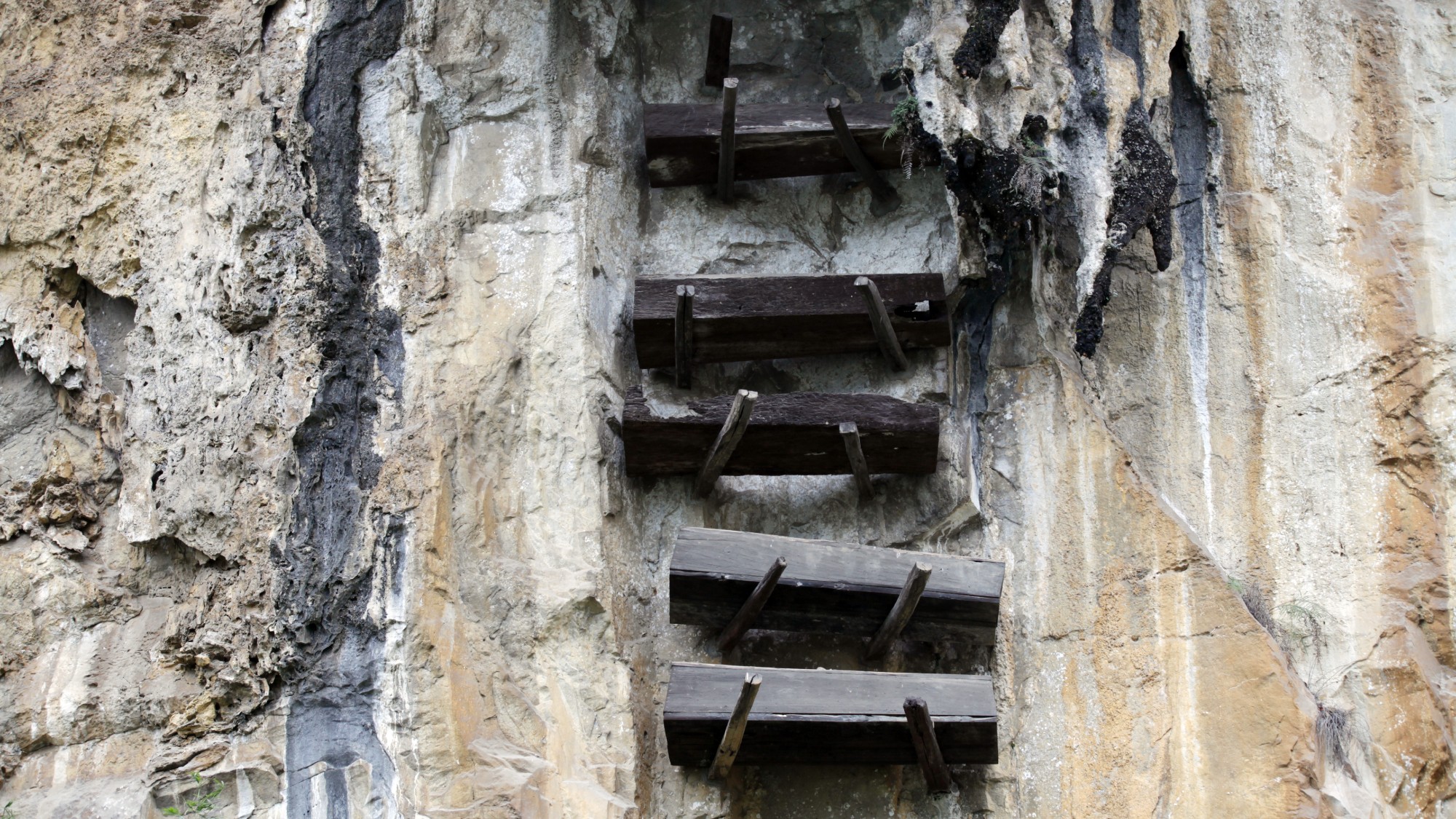Ancient ring found in Bethlehem belonged to man who crucified Jesus
Identity of the ring's owner had not been known for 50 years

An ancient ring found in Bethlehem belonged to the man who crucified Jesus, scientists believe.
The bronze ring was discovered 50 years ago “during a dig at Herodion near the West Bank’s Bethlehem by Professor Gideon Forster from the Hebrew University”, reports The Independent.
But five decades later, the identity of the owner appears to have been established: the Roman governor of Jerusalem, Pontius Pilate – the man who ordered that Jesus be crucified and then ran the subsequent trial.
The Week
Escape your echo chamber. Get the facts behind the news, plus analysis from multiple perspectives.

Sign up for The Week's Free Newsletters
From our morning news briefing to a weekly Good News Newsletter, get the best of The Week delivered directly to your inbox.
From our morning news briefing to a weekly Good News Newsletter, get the best of The Week delivered directly to your inbox.
The name was worked out after a thorough cleansing, when it was also photographed with the use of a special camera at the Israel Antiquities Authority labs, according to Israeli news site Haaretz. After extensive study the inscription on what was apparently a stamping ring included a picture of a wine vessel surrounded by Greek writing translated as saying “Pilatus”.
Pilate was the fifth of Roman leaders in Judah, and “apparently the most important of them”, adds the website. He ruled in the years 26 to 36, and some say even from the year 19. The name was rare in the Israel of that era, according to Professor Danny Schwartz.
“I don’t know of any other Pilatus from the period and the ring shows he was a person of stature and wealth,” Schwartz said.
A stamping ring of this type “is also a hallmark to the status of the cavalry in Roman times, to which Pilate belonged”, says Haaretz. The ring is quite simple therefore researchers believe it was used by the governor in day to day work.
A free daily email with the biggest news stories of the day – and the best features from TheWeek.com
The findings were handed over to the current team that works at the site, led by Dr Roee Porath, also from Hebrew University.
He said: “You can see he had a natural link to the Herodion. Even for Herod it was more than just a tomb site with a palace. It was also a significant site of government. You can see the unusual significance this site had.”
-
 The curious history of hanging coffins
The curious history of hanging coffinsUnder The Radar Ancient societies in southern China pegged coffins into high cliffsides in burial ritual linked to good fortune
-
 The Trump administration says it deports dangerous criminals. ICE data tells a different story.
The Trump administration says it deports dangerous criminals. ICE data tells a different story.IN THE SPOTLIGHT Arrest data points to an inconvenient truth for the White House’s ongoing deportation agenda
-
 Ex-FBI agents sue Patel over protest firing
Ex-FBI agents sue Patel over protest firingspeed read The former FBI agents were fired for kneeling during a 2020 racial justice protest for ‘apolitical tactical reasons’
-
 Femicide: Italy’s newest crime
Femicide: Italy’s newest crimeThe Explainer Landmark law to criminalise murder of a woman as an ‘act of hatred’ or ‘subjugation’ but critics say Italy is still deeply patriarchal
-
 Brazil’s Bolsonaro behind bars after appeals run out
Brazil’s Bolsonaro behind bars after appeals run outSpeed Read He will serve 27 years in prison
-
 Americans traveling abroad face renewed criticism in the Trump era
Americans traveling abroad face renewed criticism in the Trump eraThe Explainer Some of Trump’s behavior has Americans being questioned
-
 Nigeria confused by Trump invasion threat
Nigeria confused by Trump invasion threatSpeed Read Trump has claimed the country is persecuting Christians
-
 Sanae Takaichi: Japan’s Iron Lady set to be the country’s first woman prime minister
Sanae Takaichi: Japan’s Iron Lady set to be the country’s first woman prime ministerIn the Spotlight Takaichi is a member of Japan’s conservative, nationalist Liberal Democratic Party
-
 Russia is ‘helping China’ prepare for an invasion of Taiwan
Russia is ‘helping China’ prepare for an invasion of TaiwanIn the Spotlight Russia is reportedly allowing China access to military training
-
 Interpol arrests hundreds in Africa-wide sextortion crackdown
Interpol arrests hundreds in Africa-wide sextortion crackdownIN THE SPOTLIGHT A series of stings disrupts major cybercrime operations as law enforcement estimates millions in losses from schemes designed to prey on lonely users
-
 China is silently expanding its influence in American cities
China is silently expanding its influence in American citiesUnder the Radar New York City and San Francisco, among others, have reportedly been targeted